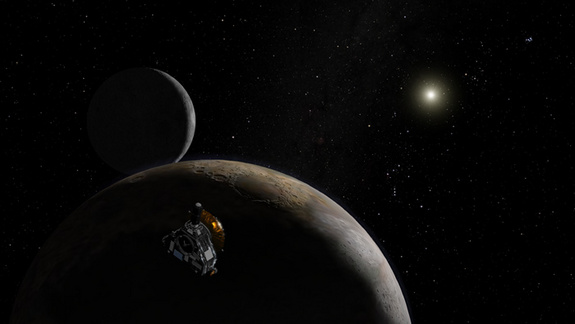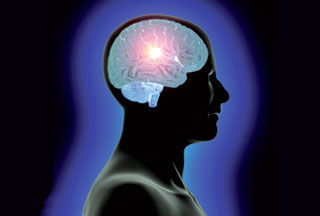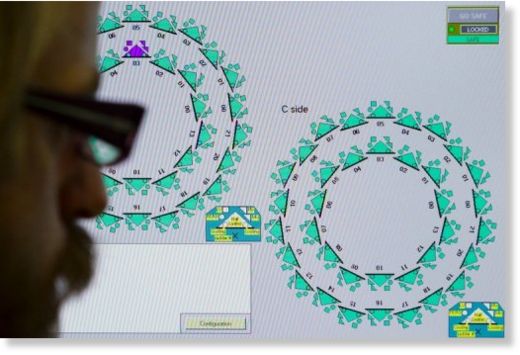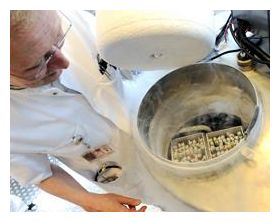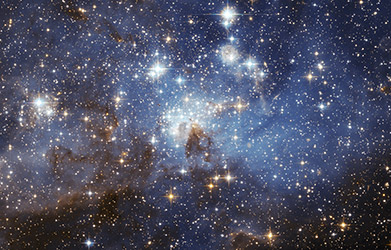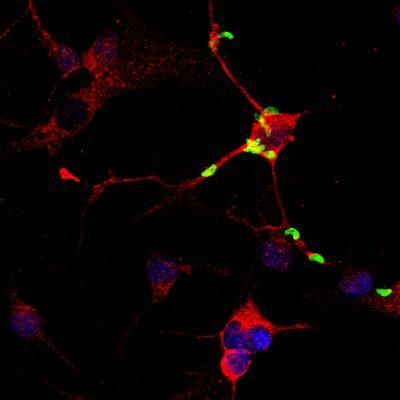
Astronomers hunted these dark orbs for more than a decade without success. When viewed with a visible-light telescope, they are nearly impossible to see. WISE's infrared vision allowed the telescope to finally spot the faint glow of a half dozen Y dwarfs relatively close to our sun, within a distance of about 40 light-years.
"WISE scanned the entire sky for these and other objects, and was able to spot their feeble light with its highly sensitive infrared vision," says Jon Morse, Astrophysics Division director at NASA Headquarters in Washington.
The Y's are the coldest members of the brown dwarf family. Brown dwarfs are sometimes referred to as "failed" stars. They are too low in mass to fuse atoms at their cores and thus don't burn with the fires that keep stars like our sun shining steadily for billions of years. Instead, these objects cool and fade with time, until what little light they do emit is at infrared wavelengths. The atmospheres of brown dwarfs are similar to those of gas giant planets like Jupiter, but they are easier to observe because they are alone in space, away from the blinding light of a parent star.
